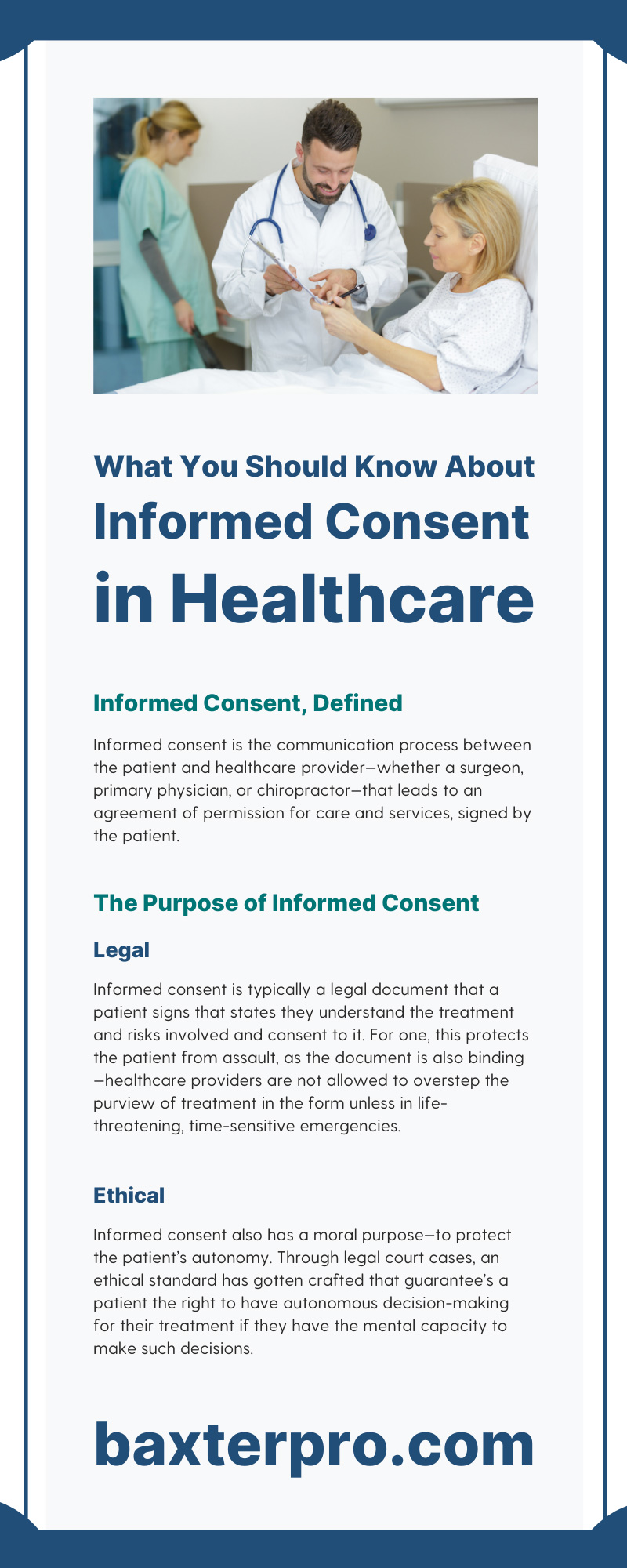A malpractice lawsuit can have a significant impact on a healthcare professional’s career. Even if the lawsuit is ultimately dismissed or the clinician is found not liable, the experience of going through a malpractice suit can be stressful and time-consuming and can have lasting effects on their professional reputation and career prospects.
The rise of malpractice claims is an unfortunate part of working in the healthcare industry. Below, we’ll explain how a malpractice lawsuit can impact any healthcare provider’s career, from reputational damage to lengthy court proceedings.
Loss of Work & Reputational Damage
The primary effect that a malpractice claim can have against an individual is permanently damaging their reputation and causing a loss of work. Depending on the severity and outcome of the claim and incident, a healthcare provider may be immediately terminated from their position.
A malpractice claim can cost an individual their current position and prevent them from securing the same position somewhere due to the reputational damage from the lawsuit. Reputation and trust are essential to securing employment in the healthcare industry, and a malpractice claim can permanently stain anyone’s career and prevent future work.
Lengthy Proceedings
How does a malpractice lawsuit work and how long does it take? A case has several different stages. The length of the proceedings is another aspect of a malpractice lawsuit that can impact a healthcare provider’s career. A malpractice case, even one decided relatively quickly via settlement, will often take over a year, with some cases stretching for multiple years.
A malpractice claim hanging over the head of a professional can add significant stress and distraction, like a black cloud following them everywhere. The time it takes to resolve a claim can be immensely frustrating and discouraging for those who want to resolve the claim and move on with their careers and lives.
Decline in Job Performance
It’s easy to see how the looming threat of a malpractice claim can affect the job performance of a healthcare provider. Professionals in this field must be confident in their knowledge and abilities while working, but a malpractice suit undermines self-confidence.
The significance of the lawsuit and the perpetual waiting can easily lead to a decline in job performance, as healthcare providers are distracted, frustrated, and exhausted from the lengthy and cumbersome process.
Disillusionment With Career
All these effects of a malpractice lawsuit have led to many healthcare providers becoming disillusioned with their careers and the entire industry. While many people enter healthcare because they want to help others, the legal entanglement and frustration of a malpractice claim have forced many to change their careers due to their disappointment.
Even those who settle their malpractice claim or win the lawsuit and are absolved of any wrongdoing have changed careers for an industry with fewer risks as a healthcare provider. It’s an unfortunate and darker side of healthcare that many can’t stomach after direct exposure.
Conclusion
A malpractice lawsuit can negatively affect a healthcare provider’s career in many ways, which is why malpractice insurance is essential. At Baxter & Associates, we help healthcare professionals get the necessary coverage they need, whether that’s CRNA moonlighting malpractice insurance or another form of insurance. Contact our staff if you’d like to learn more about malpractice insurance, including your insurance policy’s deductible.







